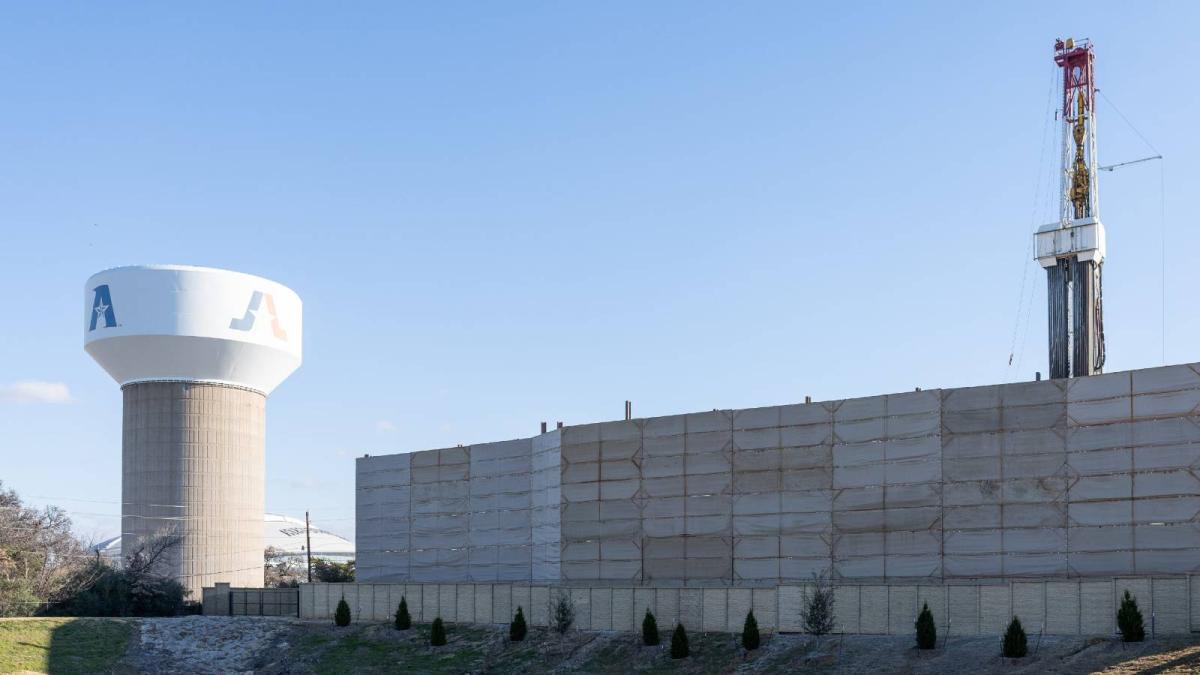This story is produced by Floodlight, a nonprofit news site that investigates climate issues.
When she saw the drilling rig go back up, Kim Feil started closing windows.
She didn’t want a repeat of 2013, when she experienced nosebleeds after natural gas drilling began at the site just a quarter mile from her home in Arlington, Texas, in the Barnett Shale. A 2019 study found people living between 500 and 2,000 feet of fracking sites have an elevated risk of nosebleeds, headaches, dizziness or other short-term health effects.
For five years after fracking surged in the late 2000s, Feil blogged almost every day and regularly attended council meetings. She warned neighbors of potential health effects, including studies finding higher risk of asthma attacks, from chemicals used during the drilling process. By 2014, as natural gas prices plummeted, fracking activity began to slow down.
Recently, with Russia’s invasion of Ukraine and gas prices skyrocketing, that ec... Read more
